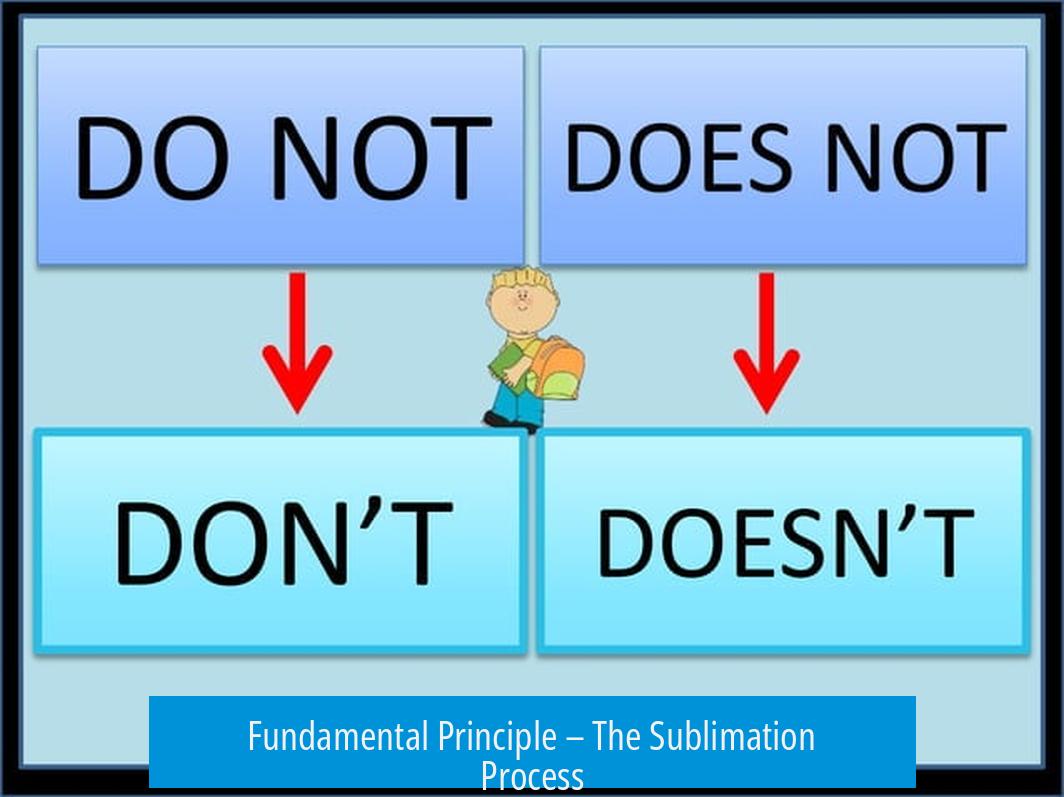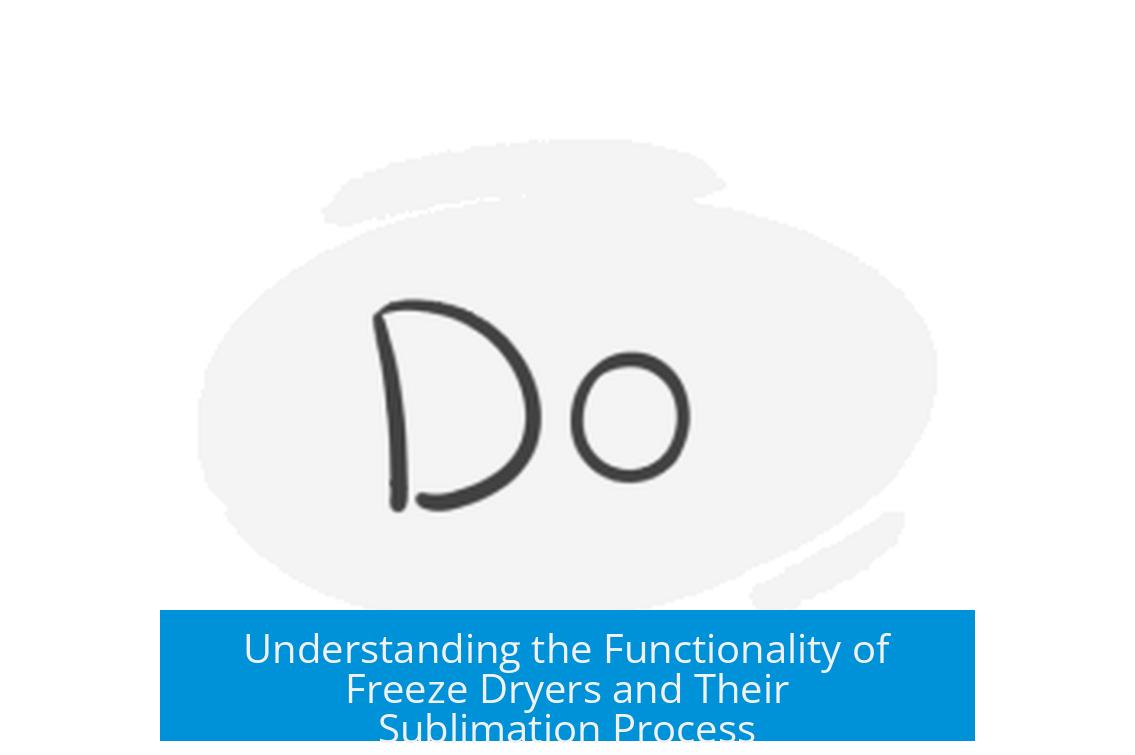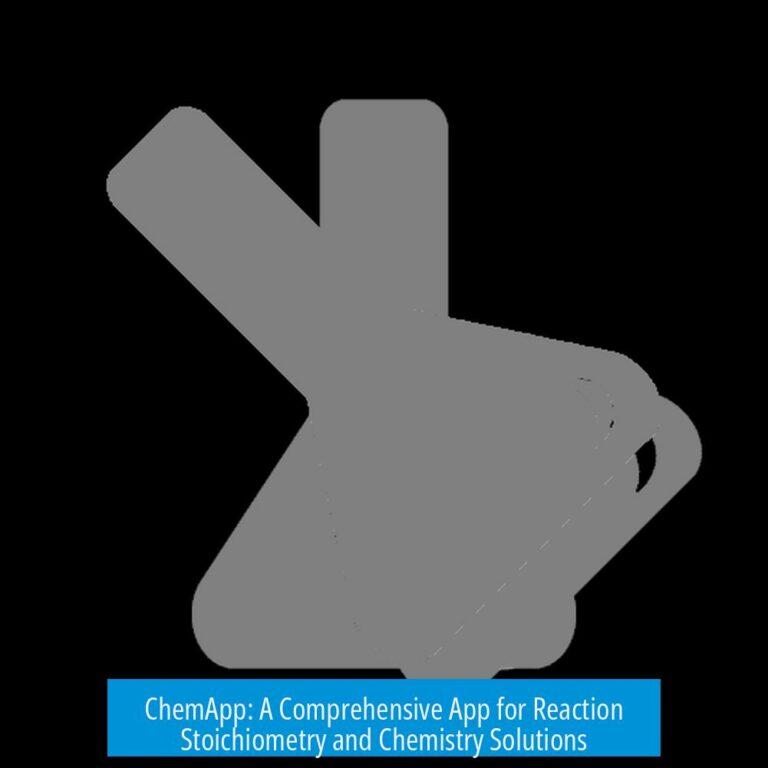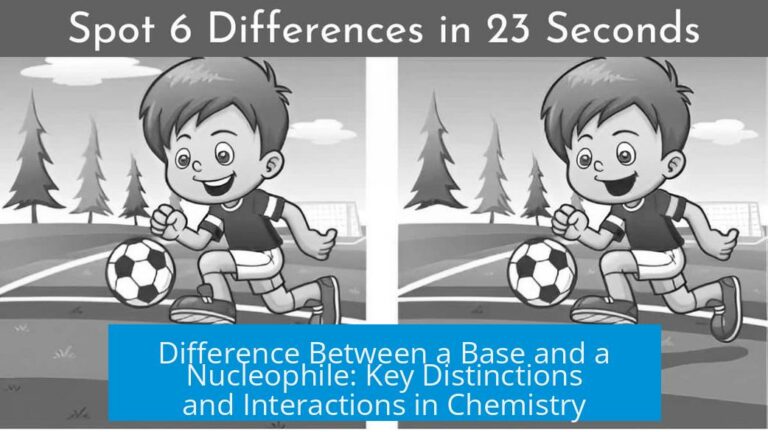How Do Freeze Dryers Work?

Freeze dryers remove moisture from substances by using a process called sublimation, where frozen water transforms directly from solid ice to vapor without melting. This method preserves most of the original taste, texture, and nutrients in the product. The process involves deep freezing the material, creating a vacuum, sublimating the ice, and collecting the resulting vapor.
Fundamental Principle – The Sublimation Process

Definition and Mechanism of Sublimation
Freeze drying relies on sublimation, the phase change where ice turns into water vapor without passing through the liquid phase.
- The material gets frozen solid first.
- Afterwards, the freeze dryer creates a vacuum.
- The low pressure allows the ice to sublimate directly into vapor.
- The water vapor is then collected, leaving behind the dry product.
This avoids the damage typically caused by liquid water during standard drying or thawing.
Physical Conditions for Sublimation
Achieving sublimation requires carefully controlled temperature and pressure settings.
- Temperature: The sample must stay frozen during most of the drying phase. No significant heat is applied here because melting would defeat the purpose.
- Pressure: A vacuum lowers the pressure sufficiently so ice can evaporate at very low temperatures.
An analogy is the boiling point of water dropping at high altitudes. On Mount Everest, water boils at around 68°C instead of 100°C due to the low atmospheric pressure. Likewise, vacuum depresses the boiling point of ice in a freeze dryer.
Key Process Phases
- Freezing: The material is deeply frozen to fix water as ice.
- Vacuum creation: Air is removed to create low pressure.
- Sublimation: Ice turns directly into vapor without passing through liquid form.
- Vapor collection: Water vapor condenses on a cold surface, becoming solid again for removal.
This sequence leaves the substance dry but structurally intact.
Role of Heat in Freeze Drying
Primary Drying Phase (Sublimation)
During the sublimation phase, no heat is added. The sample remains frozen while ice turns into vapor.
The vacuum acts as an insulator, keeping the material frozen for extended periods. For example, liquid nitrogen can pre-chill the sample to maintain low temperatures within the vacuum chamber.
Secondary Drying Phase (Desorption)
Once most ice has sublimated, a secondary drying step occurs to remove residual bound water through desorption.
- Controlled heat is applied, typically at low levels.
- This evaporates water molecules that are chemically bound or trapped in the material.
- System purging with dry air or nitrogen helps remove ambient moisture.
The amount of heat is optimized based on laboratory analyses like Differential Scanning Calorimetry (DSC) or microscopy to avoid damaging the product.
Water Vapor Collection and Pump Protection
The sublimated water vapor condenses on a chilled coil inside the freeze dryer.
- The coil serves as a cold trap to collect water vapor and prevent it from reaching the vacuum pump.
- Collected water periodically thaws and drains away.
- This prevents damage to the vacuum pump from moisture.
Maintaining this system is crucial for efficient operation.
Analogies and Demonstrative Examples
A useful way to visualize the process is the boiling water analogy:
- Just as boiling water stays at a constant temperature while changing phase, ice in the freeze dryer remains frozen while sublimating.
- Vacuum lowers pressure, just like high altitudes lower boiling points.
- Experiments with water in vacuum chambers show water can boil and freeze simultaneously, illustrating this unique phase behavior.
Freeze drying acts like a “time capsule,” preserving products by freezing and gently removing moisture.
Summary of How Freeze Dryers Work
| Step | Description |
|---|---|
| Freezing | The material is frozen solid to lock in water as ice. |
| Vacuum Creation | Air is evacuated to reduce pressure. |
| Sublimation | Ice sublimates to vapor at low pressure and temperature. |
| Vapor Collection | Water vapor condenses on chilled coils and is removed. |
| Secondary Drying | Gentle heat removes remaining bound moisture via desorption. |
Key Takeaways
- Freeze drying removes moisture by sublimating ice under vacuum without melting.
- Process preserves taste, texture, and nutrients better than traditional drying.
- No heat is applied during the main drying phase to keep materials frozen.
- Vacuum pressure reduction enables sublimation at low temperatures.
- Water vapor collects on cold traps to protect vacuum pumps and aid removal.
- Secondary drying uses controlled heat to remove residual moisture.
For further visual explanation, watch this video on how freeze dryers work.





Leave a Comment